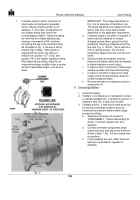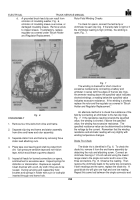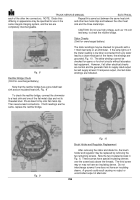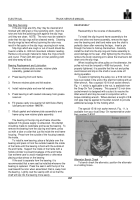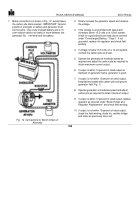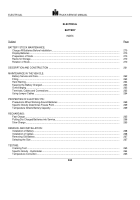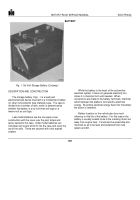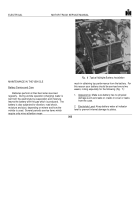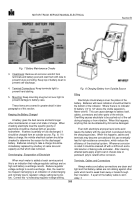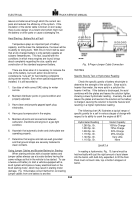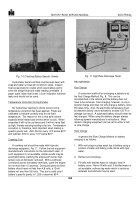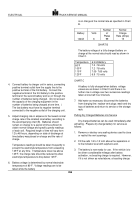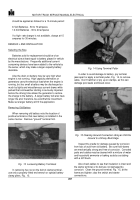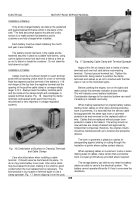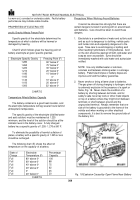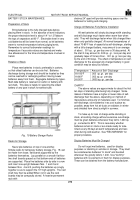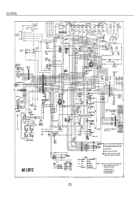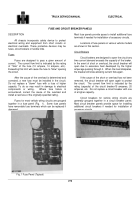TM-5-3805-254-14-P-2 - Page 268 of 894
ELECTRICAL
TRUCK SERVICE MANUAL
leaves a smaller area through which the current can
pass and reduces the efficiency of the system.
If the
insulation of the starter cable is broken or worn away,
there is also danger of a violent short which might ruin
the battery or other parts or cause a damaging fire.
Hard Starting - Battery Not at Fault
Temperature plays an important part of battery
capacity, and the lower the temperature, the lower will be
its ability for doing work.
With this in mind it will be seen
that a fully charged battery is only partially capable at
subzero temperatures.
This fact, coupled with the
conditions in which many engines are found, brings
about complaints regarding the size, quality and
construction of the standard equipment battery.
There are times when it is necessary to increase the
size of the battery, but such action should not be
considered a "cure-all" for hard starting complaints
during winter months. Even when special equipment is
installed, it is still essential to:
1.
Use lube oil with correct SAE rating for winter
service.
2.
Maintain distributor points in good condition and
properly adjusted.
3.
Have clean and properly gapped spark plug
electrodes.
4.
Have good compression in the engine.
5.
Maintain all joints and connections between
carburetor, manifolds and engine in a gas tight
condition.
6.
Ascertain that automatic choke and choke plate are
operating properly.
7.
Determine that engine and cab are well grounded
and that ground straps are securely fastened to
clean contacts.
Using Jumper Cables and Booster Battery for Starting
When starting vehicles with a booster battery and
jumper cables always use a booster battery having the
same voltage as that in the vehicle to be started.
To use
a twelve-volt battery to start a vehicle equipped with a
6volt system will impose a heavy electrical load on the
6volt starting motor, which may result in starting motor
damage.
Fig.
9 illustrates correct method for connecting
jumper cables from one battery to another.
Fig.
9 Proper Jumper Cable Connection
TESTING
Specific Gravity Test or Hydrometer Reading
Check the specific gravity of battery electrolyte to
determine the strength of the solution.
Since acid is
heavier than water, the more acid in a solution the
heavier it will be.
If the battery is discharged, the acid
combines with the plates and leaves the solution lighter,
showing a lower hydrometer reading.
Inversely, the acid
leaves the plates and reenters the solution as the battery
is charged, causing the solution to become heavier and
resulting in a higher hydrometer reading.
The following chart (A) illustrates a typical range of
specific gravity for a cell in various stages of charge with
respect to its ability to crank the engine at 80°F.
Hydrometer Reading
Useful Capacity
1.260 Sp. Gr.
100%to Charge
1.230 Sp. Gr.
75%o Charge
1.200 Sp. Gr.
50% Charge
1.170 Sp. Gr.
25% Charge
1.140 Sp. Gr.
Very Little
1.110 Sp. Gr.
None
CHART A
In reading a hydrometer, Fig.
10, barrel must be
held vertically with just the right amount of acid drawn
into the barrel, with bulb fully expanded, to lift the float.
Float must not touch side, top or bottom stoppers of
barrel.
264
Back to Top

